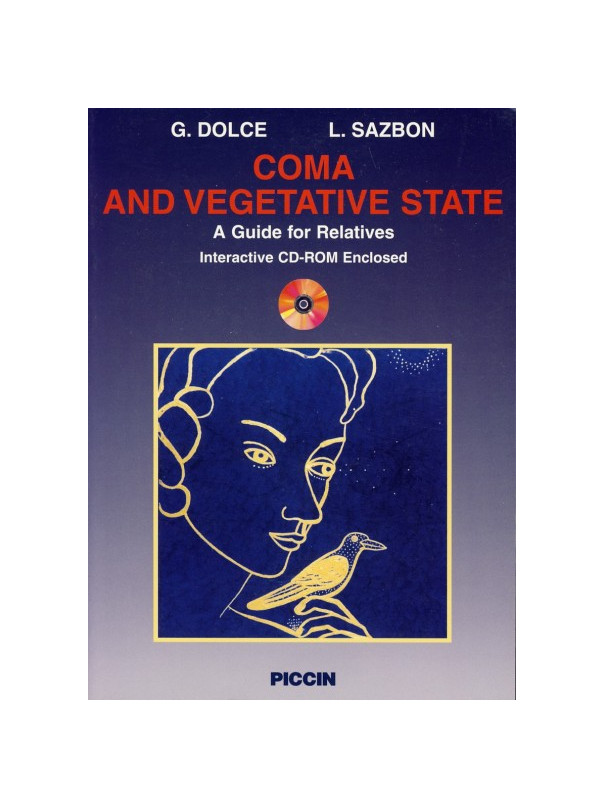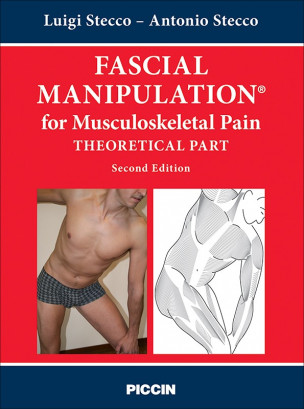Dolce - Sazbon
35,00 €
PREFACE
Brain damage does not just affect the individual – it affects their family, neighbours, work colleagues and society. This is particularly true where there is such profound brain damage as in the case of the vegetative state where there is sudden catastrophe, often in a young person, where the person is unable to speak for themselves and the family must be the eyes, ears and voice of the patient.
Families go through a whole range of emotions – often starting with a state of shock, fearing that their loved one will die; then a period of hope when death does not occur but there is anxiety because consciousness is not regained. This is then followed by a range of emotions, depending on the personality of the family member – anxiety, shock, numbness, anger, aggression or a total inability to come to terms with the condition.
Experience of working with families shows that this can be a difficult phase for all concerned. Families often feel that staff are not doing sufficient, have not involved them sufficiently and that they are not communicating well. Staff often feel threatened by the aggression some relatives show, the lack of acceptance of the clinical goals and the anxious agitated demands of relatives.
Experience of working with families show that there are three main questions that are top of their list: what could I have done to prevent this from happening? (guilt – usually unfounded); what is happening to the brain, why is recovery not occurring and what is likely to happen? (search for knowledge); and where can I get better treatment? (lack of acceptance and the feeling that the recovery is because the professionals are not trying hard enough rather than the lack of recovery is due to the severity of the brain damage).
This book, written by eminent clinicians, provides one approach by a very experienced unit to the questions that are raised by families. The emphasis is on the early phase following the brain damage when there are very complex problems of the emergency treatment, the high level of medical input whilst the patient is still in the intensive unit along with mental incapacity and lack of awareness.
Inevitably other units in different countries may have a different emphasis based on cultural differences and approaches to profound disability – especially where the brain damaged person has moved into the disability management programme.
However, this book provides a considerable wisdom, based on long experience and should go a very long way to helping relatives understand the process and answer some of the questions they would like to ask but don’t, especially in the early days following the onset of the brain damage.
Dr Keith Andrews MD FRCP
Director of the Institute of Complex Neuro-disability
Royal Hospital for Neuro-disability
London UK
INTRODUCTION
This book is intended to help family members face the difficult task of coping with a loved one in a coma or vegetative state. As professors of rehabilitative medicine, we have encountered hundreds of patients in vegetative state and gained vast experience in this diverse and complex field. It was during the compilation of our just-completed guidebook for medical specialists that we realized that unlike other branches of medicine, rehabilitative medicine contains a unique role for family members within the patient-medical team interaction which is essential to the quality of comprehensive care. Under other circumstances, the patient and physician have a direct, one-to-one relationship, while family and friends have a secondary or supportive function only. Patients who seek medical attention consult different experts, weigh the risks and benefits of available options, and reach a conclusion in days or weeks. Their family may offer advice, comfort, or moral support. This is also true in the emergency setting when patients cannot choose the attending physician, and the physician serves them to the best of his (or her) abilities without consulting their relatives about the preferred course of action. By contrast, during coma or the special form of life which is vegetative state, patients do not express any thoughts or wishes and, indeed, are unaware of what is happening to them and what is being done to them, although it may concern their very existence. The attending physician turns to the family members, who know the patient best and who can help facilitate interactions with the patient, and they suddenly find themselves in a totally new and frightening position in a world they do not understand and through which there is no one to guide them.
We believe this book can be of help in various ways.
1- Vegetative state is a special form of life, and its study is the domain of a very few. Even many medical specialists and staff who see it every day do not understand it. Therefore, families often receive erroneous, unclear, or ambiguous information, which further increases their bewilderment and desperation. Accurate, precise data, presented in an organized manner in plain language can help relatives deal with the disorder, select the proper facility for the care of their loved one, feel confident in their decisions, and work through their difficult adjustment. Education also helps allay the anxiety and fear that accompany their encounter with this unknown and mysterious state of being.
2- To actively contribute to the recovery of the patient and obtain the optimal outcome, family members must develop a good relationship with the medical staff. This is a very difficult task, not only because doctors, nursing staff, and therapists often supply unsatisfactory answers, but also because relatives do not know how to ask the right questions. Furthermore, their confusion and fear may breed mistrust and suspicion. This is made worse by the often long and anguishing wait for a glimmer of hope during many months of treatment. By arming relatives with the appropriate knowledge and awareness of the difficult tasks ahead, we hope to strengthen their confidence in the dedicated staff, thereby establishing an atmosphere of serenity, which will also help the staff to help them ascertain that everything possible is being done in the best possible way.
3- Serious concern for a loved one can lead to deep distress, depression, and feelings of grief. Some people find relief in religion. Unfortunately, physicians are engaged in treating the patient and usually do not have the time or professional competence to see to their relatives as well. Psychological support is not always available, and it is only very recently that some centers have begun training staff in this area. Furthermore, relatives may find little comfort in words from a stranger who applies rational procedures and rules to healing the body but cannot even pretend to know how to heal the soul. Nevertheless, in our more than 30 years of experience, we have listened to a great number of mothers, fathers, brothers, sisters, wives, husbands, fiancées and friends who have sought a way to understand, to bear, and to accept their ordeal. Surprisingly, some found the inner strength to be of help not only to themselves, but to us as well. By showing us our “human” side, they have, at the same time, added to our professional worth. We believe these important resources can be nurtured in others as well, who follow the same thorny path.
This book is divided into four parts.
-- In the first, we will try to explain coma, vegetative state, and minimally conscious state and the basic principles that govern them in plain, clear terms, geared to laymen, in order to render comprehensible what has not been explained before. This type of guideline has not, to the best of our knowledge, ever been published. By “going public” we hope to help family and relatives of patients with vegetative state to make better choices, take proper action, and meet the many obstacles they encounter with equanimity and wisdom.
-- In the second part of the book, we will supply guidelines to smooth relations with the attending staff. This aspect is very important, as a poor family-staff interaction is not in the patient’s best interests and greatly reduces the chances of a good patient outcome. Yet it is easily achievable with goodwill on both sides.
-- In the third part, we will describe the exercises, procedures and techniques used to treat patients with vegetative state at home. Most of these require only one other person and can satisfy all the needs of the handicapped patient. The text is accompanied by a descriptive film on a PC-compatible CD Rom disk.
-- In the Appendix, we include a selection of thoughts and reflections of relatives of some of the many patients we have treated. These can help to order the frantic, shaken and distraught state of mind of many of our readers and will provide answers to some of their myriad questions.
TABLE OF CONTENTS
Preface
Introduction
Part 1
What is coma?
What is the vegetative state?
What is the “minimally conscious state”?
Part 2
The illness, the patient, the Medicine
Answers to your questions
A useful strategy for relatives: 10 suggestions
The patient and his relatives: a correct approach
Importance of the person and of his social function
The psychologists’ job
The Social Worker’s role in England
Part 3
Return home
Appendix
Relative’s reflections and real stories
The Vow
Princess Sofia’s viewpoint
The limousine
Glossary
No customer comments for the moment.




